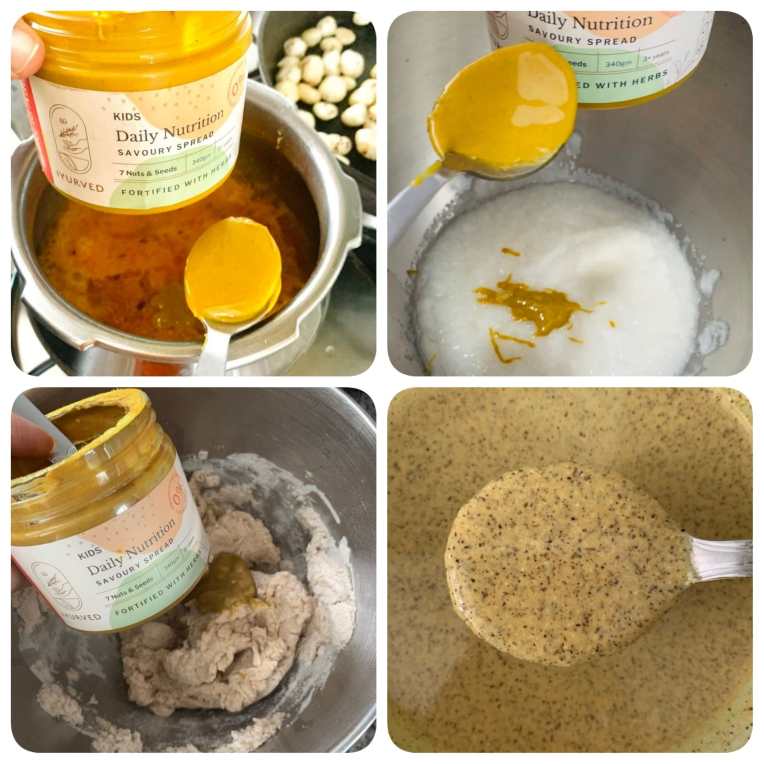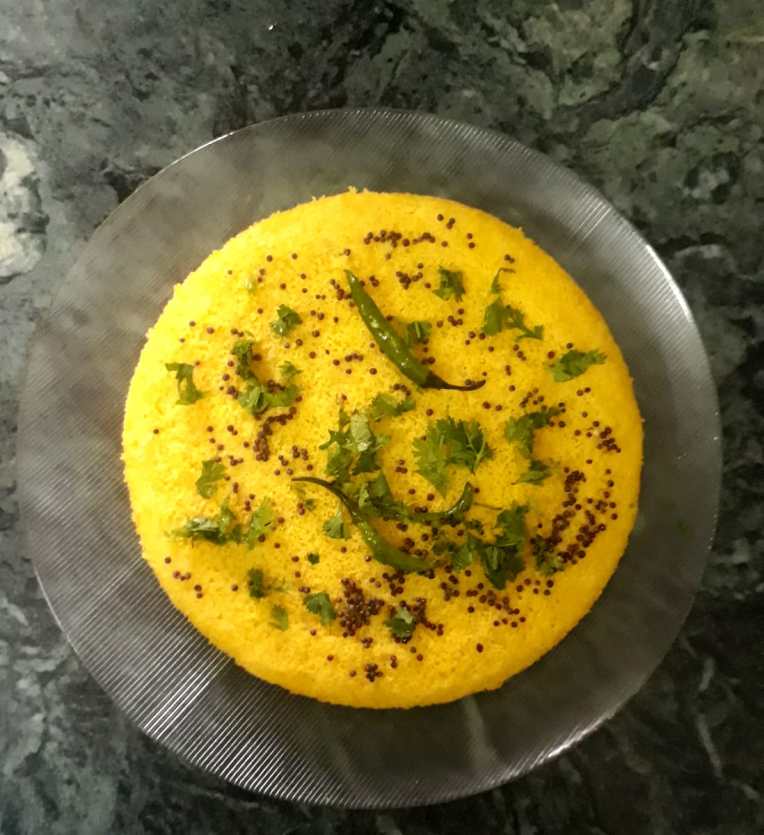Does your youngster have trouble connecting letters and sounds? Or, are they unable to distinguish between words with similar sounds or rhyming words? Or, having issues with spelling, reading, or writing? These are some of the signs and symptoms of learning disability. In general, 5% of school age children are affected by learning disabilities. Learn how to spot a learning issue in your child and what you can do to assist.
WHATSAPP for concerns like Speech Delay, Low Weight, Frequent Illness, Hyperactivity, Low Concentration, Weak Eyesight, Improper Sleep, Pigmentation, Pores, Face Marks, Fine Lines , Lactation etc.
What IS learning difficulty?
Learning disabilities are a group of disorders in which children have significant difficulties gathering and applying their listening, speaking, reading, writing, reasoning, or mathematical abilities. These disorders are unique to the individual, vary greatly between individuals, and are thought to be caused by central nervous system dysfunction. A learning disability may coexist with other handicapping conditions (e.g., sensory impairment, intellectual impairment, social and emotional disturbance) or environmental influences (e.g., cultural differences, insufficient/inappropriate instruction), but it is not the direct result of those conditions or influences.
Signs of learning disability:
The following are common indicators that a person may have learning disabilities:
- Problems with mathematics
- Poor memory
- Trouble following directions
- Trouble telling time
- Problems in reading and/or writing
- Problems paying attention
- Clumsiness
- Problems staying organized
A child with a learning disability may also have one or more of the following characteristics:
- Acting without really thinking about possible outcomes (impulsiveness)
- “Acting out” in school or social situations
- Difficulty staying focused; being easily distracted
- Difficulty saying a word correctly out loud or expressing thoughts
- Problems with school performance from week to week or day to day
- Speaking like a younger child; using short, simple phrases; or leaving out words in sentences
- Having a hard time listening
- Problems dealing with changes in schedule or situations
- Problems understanding words or concepts
Also, check Sensory Sensitivity in Autism kids
What are the common characteristics of learning disabilities?
The majority of learning disabilities are classified as either verbal or nonverbal.
Verbal:
Difficulties with both spoken and written language. Some people with verbal learning disabilities can read and write well but struggle with other aspects of language (for example, they may be able to sound out a sentence or paragraph perfectly (thus reading well), but they can’t make sense of what they are reading or form a mental picture of the situation they have read about).
Non-verbal:
Difficulty writing because the brain is unable to coordinate the many simultaneous tasks required (e.g. from moving their hand to form letter shapes to remembering the correct grammar required in a sentence). Difficulty processing what they see (for example, having difficulty making sense of visual details such as numbers on a blackboard, mistaking the ‘+’ for the ‘-‘ in Math). Difficulties comprehending abstract concepts like fractions.
Also, check How eye contact can be improved in Autistic children?
Some of the learning disabilities:
1. Dyslexia
This has implications for reading decoding and can also cause spelling and writing difficulties. Because reading and writing are essential components of most school curricula, children with undiagnosed dyslexia can quickly fall behind their peers due to difficulties with note-taking, reading, homework, writing assignments, and assessments.
2. Attention difficulties
Attention deficit disorder (ADD) and attention deficit hyperactivity disorder (ADHD) were previously lumped together under the umbrella term ADD. ADHD children can have poor impulse control, be fidgety, and produce sloppy written work. Reading comprehension, task retention, following directions, completing lengthy projects, and organization can all be difficult.
3. Dysgraphia
Children who suffer from dysgraphia have difficulty writing and may produce illegible text. Writing can be laborious, requiring a long period of time to complete and causing frustration and stress. For people with dysgraphia, the spatial orientation and planning aspects of writing can be challenging. Moreover, it is difficult for them to stay within the margins, use punctuation, and choose between capital and lowercase letters.
4. Dyscalculia
Dyscalculia is a problem with number processing. Children with dyscalculia may struggle with simple arithmetic. They might be unsure how to approach a math/maths problem. The spatial aspect of balancing equations, as well as grouping numbers and performing the correct order of operations, can be difficult at times.
5. Dyspraxia
Dyspraxia is a motor skill difficulty that can have an impact on academic performance. This is because it affects muscle planning and coordination, including that of the hand. Because it is painful to grip the pen or pencil in written language production, writing may contain more spelling errors and less text as a result. The muscles of the face, mouth, and throat are affected in cases of verbal dyspraxia/apraxia of speech, limiting spoken language production.
Common difficulties often (but not always) experienced by the child with learning difficulties:
- Slow vocabulary growth, often unable to find the right word.
- Difficulty rhyming words.
- Transposes number sequences and confuses arithmetic signs (+, -, x, /, =).
- Slow to remember facts.
- Slow to learn new skills, relying heavily on memory.
- Impulsive and has difficulty planning
- Trouble learning numbers, alphabet, days of the week, colours and shapes.
- Extremely restless and easily distracted.
- Trouble interacting with peers.
- Difficulty following directions or routines.
- Fine motor skills are slow to develop.
- Poor pencil grip and subsequent handwriting.
- Trouble learning to tell the time.
- Poor coordination and tends to appear unaware of physical surroundings.
- Unable to complete tasks within given time frames.
- Reverses letters or confuses words.
strategies that support the child with learning difficulties (at preschool, school and/or home):
Approaches and activities in occupational therapy that can help the child and/or their career include:
- Multi-sensory approach: Using a multi-sensory approach to learning (i.e. using as many different senses as possible such as seeing, listening, doing and speaking).
- Visual strategies: Visual aids and instructions can assist with reading, spelling and task completion.
- Problem-solving: Instead of expecting the individual to transfer problem-solving skills from one situation to another, specifically instructing problem-solving to known difficulties.
- Independence: Strategies to foster independence in learning, as well as self-care, time management, and resource management.
- Daily activities: Providing the family with strategies, activities and ideas that can be used during the day to help develop the child’s speech and language skills.
- Management strategies: Giving the child coping strategies for situations they don’t understand (e.g. teaching them to put up their hands when asking for help, asking for the question to be repeated, and teaching some standard questions to ask when needed).
- Fun games: Teaching skills in a fun, play-based way.
Food that helps improve learning disability:
Many experts believe that learning disabilities are caused by small interruptions in the brain that cause it not to function properly. While the exact causes are unknown, the good news is that there are methods available to help combat those interruptions. One of these methods is to use nutrition as a “superhero.” There are natural properties found in foods that can help the brain remove those interruptions and improve the way the brain works.
Ashwagandha:
Ashwagandha is an adaptogen. It is known to reduce anxiety and stress. Moreover, it increases acetylcholine levels which support better memory, mental focus and intelligence. This herb also reduces mental fatigue and enhances sleep quality. In addition, it protects the brain nerve cells from damage. Another important use is that it provides benefits against illnesses such as learning disability, epilepsy, depression, arthritis and diabetes.
Brahmi:
Brahmi is a superfood for the brain and is believed to sharpen the brain by protecting cells and increasing chemicals associated with learning and memory. It has been shown to improve spatial learning and retaining power in kids. That is why in older times, kids were often given Brahmi powder with ghee/honey. This would increase their focus and attention, as well as keep them calm and distressed.
Shankhapushpi:
Shankhapushpi is a traditional remedy for increasing the functioning of the brain. The powerful antioxidants and flavonoids present in it improve the memory capacity, focus, concentration as well as calmness, alertness of an individual. Since it is a brain tonic and stimulator, people taking shankhapushpi have improved memory, reasoning, problem-solving, learning disability and other cognitive abilities.
PROTEIN:
Protein is an important part of a healthy diet. It builds, maintains and repairs body tissues. It is also essential for brain health and plays an important role in producing neurotransmitters (brain chemical). It’s also integral in forming enzymes and hormones in the body. From digestion to immunity, from hair to nails, everything requires protein. Some foods rich in protein are nuts and seeds, egg and dairy products.
(how to get a protein rich diet?)
OMEGA 3 FATTY ACIDS:
Research has established a link between omega 3 fatty acids and brain development in early childhood. These healthy fats have amazing brain-boosting power and play a vital role in enhancing memory and attention span. Fish, as well as walnuts, are a very good source of omega 3.
(Why is Omega 3 important for your kids?)
MAGNESIUM:
In our body, Magnesium is responsible for nerve transmission and nerve-muscle coordination. In other words, it protects against the excessive excitement in a child (which can be traumatic). There is enough research going on how Magnesium can help in fixing or preventing neurological disorders. In addition, banana, avocado, pumpkin seeds and spinach are some food sources of magnesium.
(what are some disorders in which magnesium can help?)
NUTS:
All the nuts like almonds, walnut, cashew, peanuts and hazelnuts are rich in vitamin E and help in boosting memory. They are also antioxidants which protect against cell damage. Walnuts are rich in omega 3 fatty acids and are a valuable substance for brain function, memory as well as thinking abilities. This fatty acid also encourages cognitive functions.
SEEDS:
Apart from nuts, seeds like flex, chia, melon, sesame and pumpkins also contain powerful antioxidants like vitamin E that protect the brain from free radical damage. Sunflower seeds impact overall mood and mental processing powers and therefore it is considered a brain boosting snack. Pumpkin seeds are high in magnesium, copper, and much higher in zinc than other seeds, which help in increasing concentration, as well as memory. One of the easiest to feed brain boosting foods for kids.
ANTIOXIDANTS:
Pure Cocoa powder (unsweetened) contains brain-boosting components as it is packed with a large number of antioxidants molecules, the main is epicatechin which is helpful to improve cognition in studies. Hence, cocoa powder is also an important brain development food for children.
Products:
It’s no SECRET that following an Ayurvedic lifestyle has numerous advantages. This unique collection of Ayurvedic spreads is an easy solution to feed daily nutrition for Immunity, Eye, Brain development, Bone strength and overall growth to kids without any fuss. To know more about kid’s ayurvedic foods –SHOP HERE.

India’s First Tasty Kids Nutrition fortified with Ayurvedic herbs.
For Kids with Learning disability, give Kids & Teens Brain Booster Chocolate/ Savoury Spread | 0% preservatives | 0% refined sugar | 0% palm oil | Fortified with SHANKHAPUSHPI, ASHWAGANDHA, BRAHMI | Contains OMEGA 3, PROTEIN | ORDER |
Immunity, Gut health, Digestion, Weight, Brain development, Speech delay, Epilepsy, Eye health, Hormones, Sleep, Hyperactivity, Bones and Overall growth










